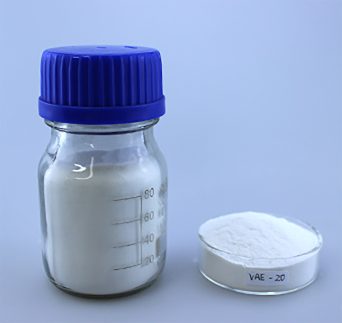
Jul . 31, 2024 19:17 Back to list
Exploring Versatile Liquid Thickeners for Enhanced Food and Beverage Textures and Flavors
Liquid Thickeners Enhancing Texture and Consistency in Food and Beverage Industries
Liquid thickeners play a crucial role in the food and beverage industry, offering a solution for achieving desired textures and viscosities in various products. Whether it's creamy soups, sauces, or desserts, the right thickener can elevate the sensory experience of a dish, providing a pleasing mouthfeel and improved stability. In this article, we will explore the types of liquid thickeners, their applications, and their importance in food formulation.
Understanding Liquid Thickeners
Liquid thickeners are substances that increase the viscosity of a liquid without significantly altering its other properties. They work by interacting with the liquid molecules, creating a network that traps water and other ingredients. This thickening process can be achieved through various mechanisms, including swellable starches, gums, and proteins. Each type of thickener has its unique characteristics, making it suitable for specific applications.
Common Types of Liquid Thickeners
1. Starches Modified food starches, such as cornstarch and tapioca starch, are widely used in the industry due to their ability to thicken and stabilize mixtures. They are often used in sauces and gravies to provide a smooth and glossy finish.
2. Gums Gums like xanthan gum, guar gum, and carrageenan are popular for their versatility and effectiveness. Xanthan gum, for example, is well-known for its ability to create a stable, viscous gel, making it ideal for salad dressings and dairy products.
3. Proteins Certain proteins, such as gelatin and pectin, are naturally occurring thickeners that can enhance the texture of various foods. Gelatin is commonly used in desserts like jellies and mousses, while pectin is essential for making jams and jellies.
4. Hydrocolloids Hydrocolloids are another category of thickeners that includes both natural and synthetic options. They are often used in conjunction with other thickeners to achieve specific textures and mouthfeels.
liquid thickener

Applications of Liquid Thickeners
Liquid thickeners are used in a multitude of food products. In soups and sauces, they help achieve a desirable thickness while enhancing flavor and appearance. In dairy products, such as yogurt and ice cream, thickeners improve creaminess and stability, preventing the separation of ingredients during storage.
In the beverage industry, thickeners can create innovative drink textures, offering alternatives like smoothie-like drinks or protein shakes that are both nutritious and satisfying. Additionally, they play an essential role in gluten-free and low-calorie products, where traditional thickening agents may not be suitable.
The Importance of Liquid Thickeners
The significance of liquid thickeners extends beyond mere texture enhancement. They contribute to the overall quality and acceptability of food products. With the rising consumer demand for healthier options, thickeners can help reduce fat and calorie content by providing creaminess without added fats.
Moreover, liquid thickeners can enhance the stability and shelf-life of products, ensuring that they maintain their desired texture and appearance throughout their shelf life. This stability is vital for manufacturers striving to meet both safety and quality standards.
Conclusion
In conclusion, liquid thickeners are essential ingredients in the food and beverage industry, significantly impacting the texture, stability, and overall quality of products. As consumers continue to seek innovative and diverse options, the development and application of liquid thickeners will remain a critical focus for food scientists and manufacturers alike. Whether enhancing a comforting soup or creating a refreshing beverage, liquid thickeners will continue to play a vital role in shaping the culinary landscape.
-
Versatile Hpmc Uses in Different Industries
NewsJun.19,2025
-
Redispersible Powder's Role in Enhancing Durability of Construction Products
NewsJun.19,2025
-
Hydroxyethyl Cellulose Applications Driving Green Industrial Processes
NewsJun.19,2025
-
Exploring Different Redispersible Polymer Powder
NewsJun.19,2025
-
Choosing the Right Mortar Bonding Agent
NewsJun.19,2025
-
Applications and Significance of China Hpmc in Modern Industries
NewsJun.19,2025







